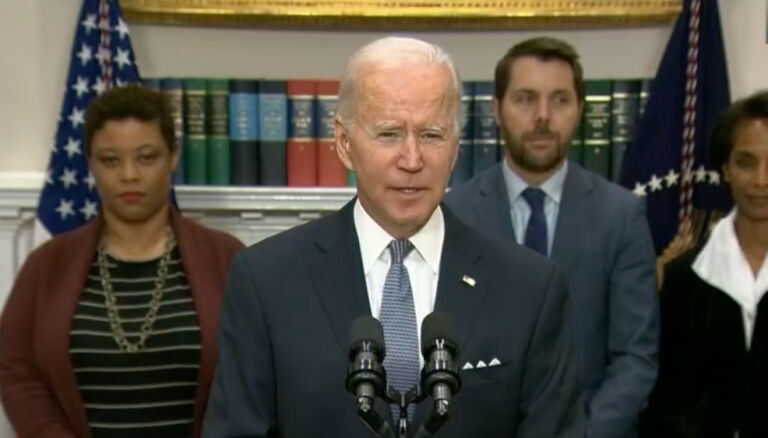Dan Lennington writes at National Review Online about one disturbing element of President Biden’s infrastructure plan.
Democrats in Congress and the Biden administration have embarked together on an ambitious racial-equity agenda. With a goal of eliminating racial disparities — real or perceived, past or present — the equity agenda wields explicit racial discrimination as a tool to equalize racial outcomes. Put more bluntly, the equity agenda gives tax dollars to racial minorities because they are non-white. In previous political generations, this would have been called “reparations.” But today, it’s simply “equity.”
So far, the equity agenda has been expensive: Democrats and President Biden have spent (or attempted to spend) billions of dollars on race-based handouts in the areas of farmer loan forgiveness, COVID relief for restaurants, mortgage assistance, and a small-business credit initiative, just to name a few. Senator Schumer even recently proposed racial preferences for minority-owned marijuana businesses, and Representative Maxine Waters has proposed a $5,000 grant for any non-white first-time homeowner.
Through all this, however, Republicans have opposed, or at least remained on the sidelines of, the equity agenda.
Until now.
Last week, 17 Republican senators, including Majority Leader McConnell, voted to move forward with the bipartisan infrastructure deal. This deal, however, is tainted with race-based equity spending. Politicians of all political viewpoints should pause before supporting such spending, even in the name of bipartisanship, as such equity policies are fraught with legal risks and moral pitfalls.
In one such provision, the infrastructure bill includes $2.75 billion for “broadband inclusion” by adopting the so-called Digital Equity Act. This bill, dreamed up by Senators Portman (R., Ohio), Murray (D., Wash.), and King (I., Maine), proposes two grant programs with explicit racial preferences.
Under the first grant, Congress will appropriate block grants to states based on a formula including how many racial minorities are in each particular state. The draft law, of course, doesn’t explicitly say that it gives more money to states with higher proportions of non-white residents. Instead, the law relies on euphemisms such as “covered populations.” …


